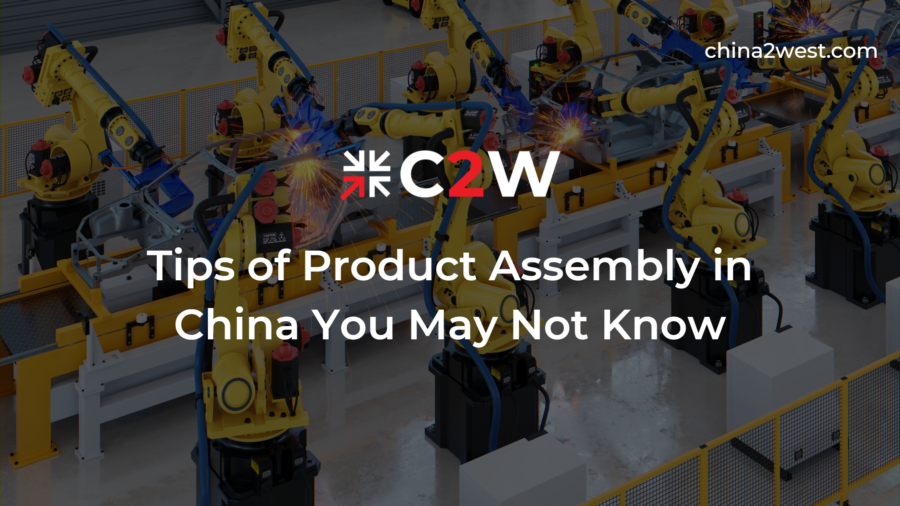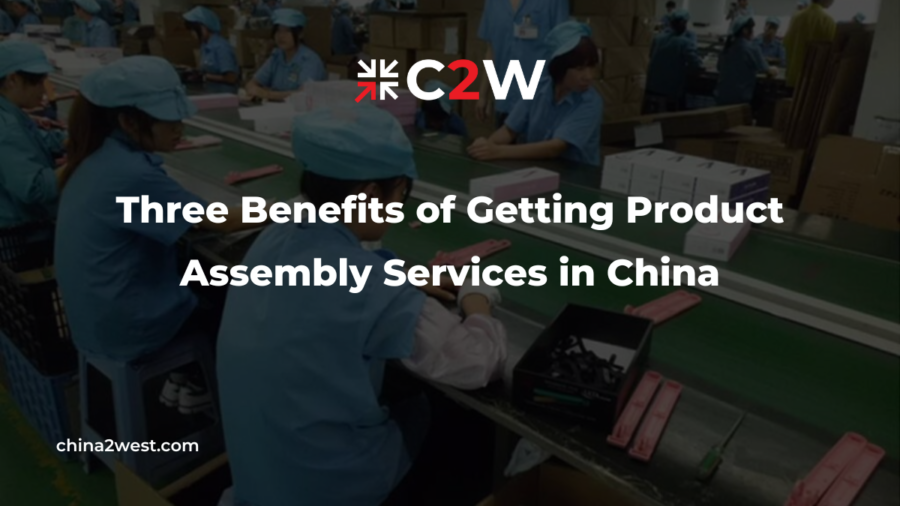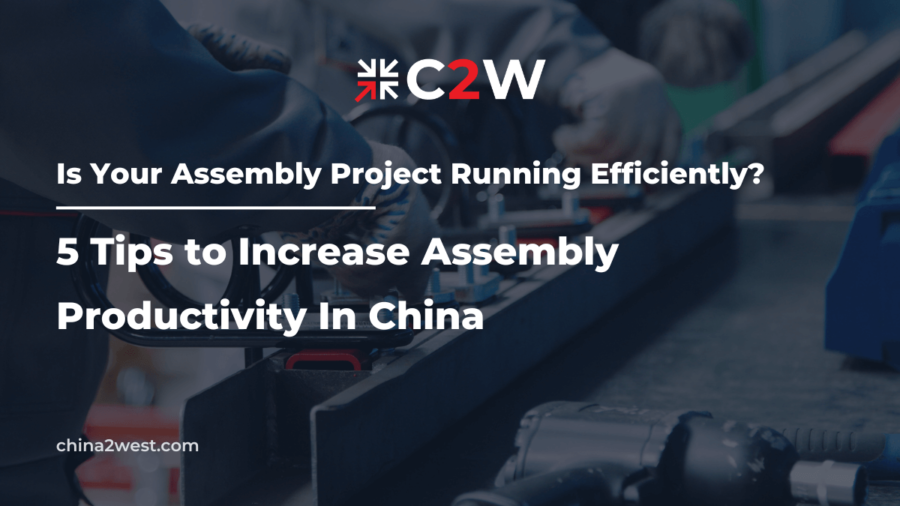If you are considering the outsourcing of your product assembly to China, then it’s best to do some research about the process beforehand so that you will be fully prepared for what to expect during this time. Oftentimes, people who are new to the product assembly in China process don’t realize all of the nuances that go into it until after their products have been manufactured in China and they begin shipping them back home. Use these tips to help you get started with your own product assembly in China so that you can avoid any surprise costs or delays down the road.
Plan Accordingly In Advance
Based on the type of products you plan to manufacture, you may need to provide a production assembler with an engineering bill of materials, a manufacturing bill of materials or a tech pack. It is easier to select the right assembler when you know exactly which components go into finished products. This can help reduce errors and make it easier for assemblers to quote accurate pricing. A tech pack is especially important if your product contains electronics because it helps ensure that all components are compatible and assembled correctly.
You should also include any special instructions in your tech pack, such as how much torque should be applied during assembly or how long screws should be tightened before being seated. Many engineers also like to create CAD drawings of each part so that their drawings can be used as an assembly guide for workers. This helps ensure proper fitment and eliminates any questions about what goes where during assembly.
Ensure What Role Assembly Plays in Manufacturing Your Product
There is significant involvement in assembling certain types of products. As an example, assembling cut-and-sew garments is typically the sole task. Brands need to know how much assembly will be required for manufacturing their finished products in order to choose the best services.
Many people are familiar with product labels that say Made In China. These labels indicate where the item was assembled–domestic, if that country’s label is present, or international, if the foreign country’s label is present. According to their labels, products that are assembled in one country are considered to have originated in that country even if they have foreign sub-assemblies.
Find A Reliable And Trusted Assembler
Brands who plan to move assembly to foreign countries would be wise to work with manufacturers who have successfully produced products in the same category before. There are assemblers who specialize in specific industries such as electronics, plastics, metal, or textile production. Depending on the type of product you are assembling, it will determine what partner is best suited for the assembly.
Regardless of how experienced or skilled your assembly service is, it still requires oversight. The same clients who assemble products in a recommended factory or facility should also consider service packages that include supply chain management, factory audits, social compliance enforcement, and quality control on site. From agreeing on payment to having your supply chain compliant with local law, it is often helpful to have representatives that are aware of Chinese business practices on hand.
Find a Facility With Protective Production Zones
When working abroad, intellectual property is a significant consideration for brands. Work with professionals who understand Western and Chinese IP laws in order to identify and avoid the pitfalls of manufacturing. Remember that even if you have a good contract, it’s not worth much if you don’t have enforcement mechanisms or consequences for violations.
Consider having your product assembled at facilities that have protective production zones (PPZs). These areas are typically outfitted with closed-circuit cameras and guards, which will ensure both security and privacy. And while it might cost more to work at these facilities, they’re well worth it when you consider all of your options.
Do The Math And Find The Most Cost-Effective Option
Sometimes outsourcing can be a smart business decision. An idea of in-house and other external assembly costs may be helpful in determining how much you will save by assembling the same products in China. When businesses compare their production assembly costs, they can more easily decide which production assembler suits them best.
Parts and assembly are generally less expensive in China and other low-cost supply chain regions in Asia than in Europe or the United States. Factors, including the business ecosystem, regulatory climate, international import and export taxes and duties, and competitive currency practices, all contribute to making assembly in China the most cost-effective choice for many products.
China 2 West connects established brands and owners of small to medium-sized enterprises with the right resources in China. This service has a large network of vetted suppliers and assemblers and runs its own assembly facility with protective production zones for intellectual property rights. If you are interested, please feel free to contact us!



